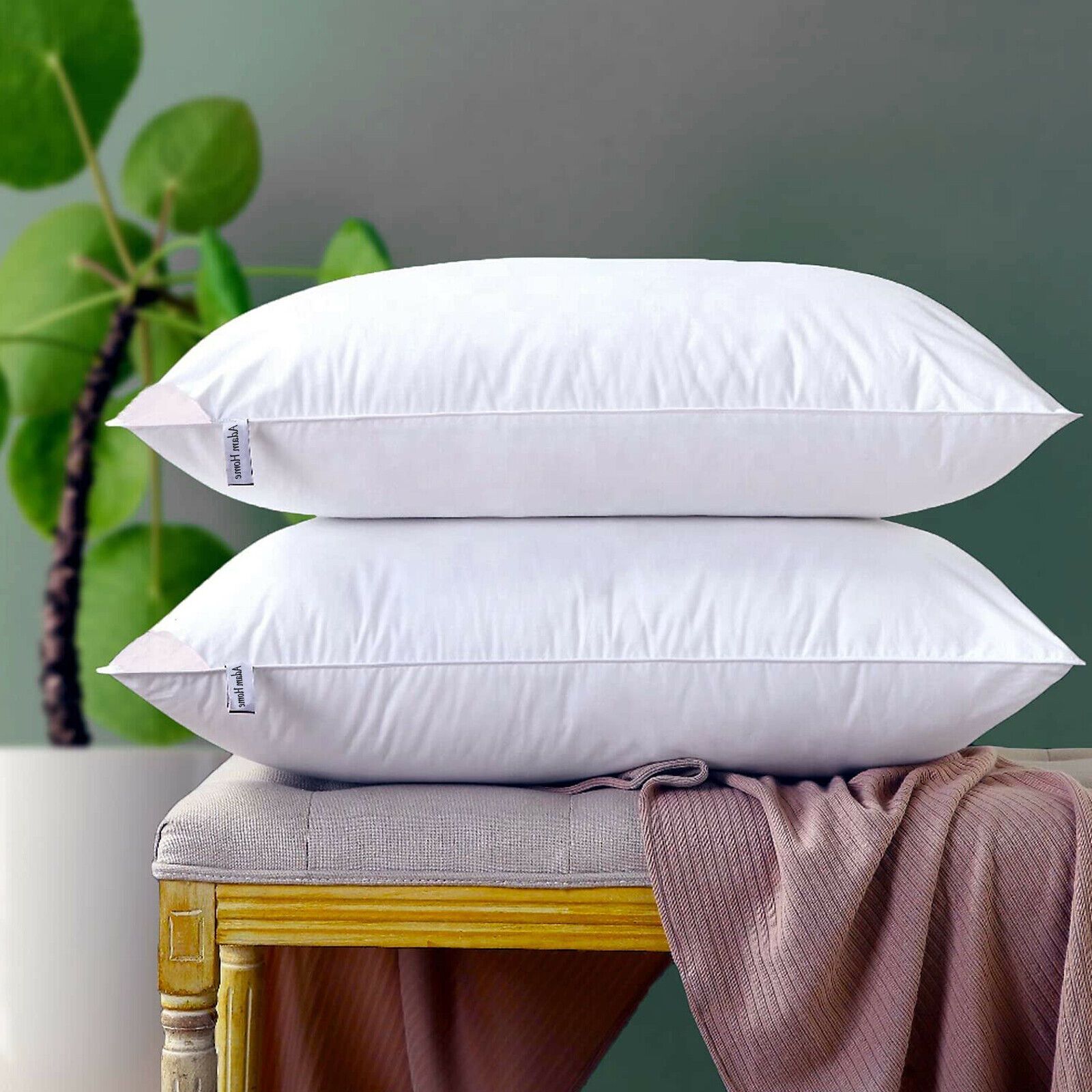

Articles
How To Store Extra Pillows
Modified: January 24, 2024
Learn how to store extra pillows effectively and keep them clean and organized with these helpful articles. Find practical tips and ideas to save space and maintain the quality of your pillows.
(Many of the links in this article redirect to a specific reviewed product. Your purchase of these products through affiliate links helps to generate commission for Storables.com, at no extra cost. Learn more)
Introduction
Extra pillows can be a wonderful addition to any home, providing comfort and support when you need it. However, finding a suitable place to store these pillows when they are not in use can often be a challenge. Improper storage can lead to dust mites, mold, and other issues that can compromise the quality and longevity of your pillows.
In this article, we will explore various storage options and techniques to help you keep your extra pillows in excellent condition. From assessing your storage needs to maintaining the cleanliness and freshness of your pillows, we’ve got you covered.
So, let’s dive in and discover how to properly store your extra pillows for long-lasting comfort and enjoyment.
Key Takeaways:
- Properly assess your storage needs by considering the number and size of your pillows, as well as your usage frequency, to determine the best storage solutions for long-lasting comfort and convenience.
- Keep your extra pillows fresh and in excellent condition by choosing the right storage location, avoiding moisture and humidity, and regularly refreshing and maintaining them to ensure optimal comfort and support.
Read more: How To Store Extra Bedding
Assess Your Storage Needs
Before you start storing your extra pillows, it’s essential to assess your storage needs. Consider the number of pillows you have, their sizes, and how often you plan to use them. This assessment will help you determine the type and amount of storage space required.
Start by gathering all the extra pillows you have and inspecting them. Check for any signs of wear and tear, such as rips, stains, or flatness. Sorting your pillows based on their condition will help you decide which ones you want to keep and which ones you might need to replace.
Next, determine the size of your pillows. Pillows come in different sizes, including standard, queen, and king. Knowing the sizes will help you choose appropriate storage solutions that can adequately accommodate your pillows.
Consider how often you plan to use these extra pillows. If you frequently rotate pillows or have guests staying over regularly, you may want to have easier access to storage solutions that allow for quick retrieval and reinsertion.
By assessing your storage needs, you can make informed decisions about the type and amount of storage solutions required, helping you find the best ways to store your extra pillows efficiently.
Clean and Prep Pillows
Before you store your extra pillows, it is essential to clean and properly prepare them. Over time, pillows can accumulate dust, sweat, and allergens, which can affect their quality and freshness. Follow these steps to clean and prep your pillows for storage:
- Read the care instructions: Check the label on your pillows for any specific cleaning instructions. Different types of pillows may have different cleaning requirements.
- Machine washable pillows: If your pillows are machine washable, place them in the washing machine following the manufacturer’s guidelines. Use a mild detergent and run them through a gentle cycle.
- Non-machine washable pillows: If your pillows are not machine washable, you can spot clean them. Gently dab a cloth or sponge with mild detergent and warm water and blot at any stains or spills.
- Dry thoroughly: After washing or spot cleaning, ensure the pillows are completely dry. You can air dry them outdoors or use a dryer set on a low heat setting. Adding a couple of clean tennis balls to the dryer can help fluff the pillows and prevent clumping.
- Fluff and reshape: Once the pillows are dry, fluff them up to restore their shape. Gently knead and squeeze the pillows to distribute the filling evenly.
By cleaning and properly preparing your pillows, you remove any dirt, odors, and allergens, ensuring they are fresh and ready for storage. Clean pillows also reduce the risk of mold and mildew growth during storage.
Choose the Right Storage Location
Selecting the right storage location for your extra pillows is crucial to ensure they remain in good condition. Here are some factors to consider when choosing a storage spot:
- Avoid areas prone to moisture: Moisture is the biggest enemy of pillows as it can lead to mold, mildew, and an unpleasant odor. Avoid storing pillows in areas like basements, attics, or bathrooms where moisture levels are high.
- Keep away from direct sunlight: Exposure to direct sunlight can discolor and weaken the fabric of pillows. Choose a storage location that is away from windows or install blinds or curtains to protect them from prolonged sunlight exposure.
- Maintain a consistent temperature: Fluctuations in temperature can affect the integrity of your pillows. Avoid storing them in areas that experience extreme temperatures, such as near heating vents or drafty windows.
- Consider accessibility: Store your pillows in a location that is easily accessible for whenever you need them. If you regularly rotate your pillows or have guests staying over, choose a spot that allows for quick and convenient retrieval.
- Maximize use of space: If you’re limited on storage space, consider utilizing vertical storage solutions such as shelves or stackable containers. This will help you make the most of the available space while keeping your pillows organized.
Overall, aim for a storage location that is dry, cool, and away from direct sunlight to ensure your extra pillows remain fresh and in excellent condition until you need them again.
Avoid Moisture and Humidity
Moisture and humidity are common culprits when it comes to damaging pillows during storage. To protect your extra pillows from these potential hazards, follow these guidelines:
- Use moisture-absorbing products: Place moisture-absorbing products such as silica gel packets or moisture-absorbing crystals near your pillows. These products help to reduce moisture levels and prevent mold and mildew growth.
- Avoid plastic bags: While it may be tempting to store your pillows in plastic bags, this can trap moisture and promote mold growth. Opt for breathable storage solutions that allow air circulation, such as storage bins or fabric bags.
- Avoid storing in damp areas: Keep your pillows away from damp areas of your home, such as basements or laundry rooms. These areas tend to have higher humidity levels, which can lead to musty smells and moisture absorption by the pillows.
- Consider using dehumidifiers: If you live in a particularly humid climate, using a dehumidifier in the storage area can help regulate moisture levels and ensure your pillows stay dry.
- Inspect pillows regularly: Periodically check your stored pillows for any signs of moisture or mold. If you find any issues, address them immediately to prevent further damage.
By taking precautions to avoid moisture and humidity, you can significantly extend the lifespan of your extra pillows and maintain their freshness and cleanliness.
Store extra pillows in a breathable storage bag or container to prevent dust and moisture buildup. Keep them in a cool, dry place to maintain their shape and quality.
Read more: How To Store Extra Smoothie
Use Vacuum Storage Bags
Vacuum storage bags are an excellent option for storing extra pillows, as they provide a space-saving solution while protecting the pillows from dust, moisture, and pests. Here’s how to use vacuum storage bags effectively:
- Prepare your pillows: Ensure your pillows are clean and dry before placing them in the vacuum storage bags. This helps maintain their freshness during storage.
- Fold or roll your pillows: Depending on the size and shape of your pillows, fold or roll them neatly to fit inside the vacuum storage bags. This will help maximize the available space.
- Seal the bags: Place the folded or rolled pillows inside the vacuum storage bags and seal them tightly. Most vacuum storage bags come with a built-in zipper or a sealing mechanism to ensure an airtight closure.
- Remove air with a vacuum cleaner: Using a vacuum cleaner, attach the hose to the valve on the vacuum storage bag. Turn on the vacuum cleaner and allow it to remove the air from the bag. This process compresses the pillows and creates a vacuum-sealed environment.
- Store in a suitable location: Once the air is removed and the bags are sealed, store the vacuum-sealed pillows in a cool, dry place away from direct sunlight and moisture. This helps maintain their condition during storage.
Vacuum storage bags are particularly useful when you have limited storage space or if you need to store pillows for an extended period. They help protect pillows from dust, moisture, and pests while reducing their size for easier storage.
Note: While vacuum storage bags are effective for most pillows, they may not be suitable for certain types of pillows like memory foam or down-filled pillows. Please refer to the manufacturer’s instructions or consult a professional for appropriate storage methods for these specific pillow types.
Store in Plastic Bins or Containers
If you prefer a more traditional storage option for your extra pillows, using plastic bins or containers can be a practical and effective solution. Here’s how to properly store your pillows in plastic bins or containers:
- Choose the right size: Select plastic bins or containers that are spacious enough to accommodate your pillows, yet not too large to cause them to shift or become misshapen during storage.
- Line the bins or containers: To provide an extra layer of protection, consider lining the bins or containers with a clean, breathable fabric such as cotton or muslin. This will help prevent dust and potential odors from penetrating the pillows.
- Arrange the pillows: Place the pillows inside the bins or containers, ensuring they are laid flat and not excessively folded or squished. If you have multiple pillows, layer them gently, keeping the fillings aligned to maintain their shape.
- Label the bins: To easily identify the contents, label each bin with a description of the pillows stored inside. This will make it convenient to locate specific pillows when needed.
- Stack and store: Once the bins or containers are filled, stack them securely in a dry and cool location. Avoid placing heavy objects on top of the bins, as this can flatten the pillows and reduce their fluffiness.
Storing your extra pillows in plastic bins or containers offers protection from dust, moisture, and potential pests. The clear advantage of this storage method is that it allows for easy access and organization.
Remember to periodically check on your stored pillows to ensure they are in good condition and address any issues promptly. With proper storage in plastic bins or containers, your pillows will remain clean, fresh, and ready to use whenever you need them.
Keep Pillows in a Cool and Dark Place
When it comes to storing extra pillows, it is important to choose a storage location that is cool and dark. Here’s why:
- Preserves pillow quality: Exposure to heat and direct sunlight can break down the materials in your pillows, causing them to lose their shape, support, and overall quality. Storing pillows in a cool place helps maintain their integrity and extend their lifespan.
- Prevents discoloration: Sunlight can cause pillows to fade or discolor over time. Keeping your pillows away from direct sunlight helps preserve their original color and appearance.
- Reduces humidity: Heat and humidity provide a breeding ground for moisture and can lead to the growth of mold, mildew, and bacteria. Storing pillows in a cool and dark location helps reduce humidity levels, preventing these issues.
- Enhances freshness: A cool and dark storage environment helps prevent musty odors, keeping your pillows fresh and pleasant to use when you take them out of storage.
- Protects against pests: Pests such as dust mites and bed bugs are more likely to thrive in warm and brightly lit areas. Storing your pillows in a cool and dark place helps minimize the risk of infestation.
Some suitable locations for storing pillows in a cool and dark place include closets, cabinets, or even under the bed. Ensure that the storage area is well-ventilated to prevent any buildup of stagnant air.
By keeping your pillows in a cool and dark place, you can preserve their quality, appearance, and freshness, ensuring that they remain comfortable and inviting for future use.
Refresh Pillows Regularly
While storing your extra pillows, it is essential to refresh them regularly to keep them in optimal condition. Refreshing your pillows involves a few simple steps to maintain their cleanliness, fluffiness, and overall freshness:
- Fluff them up: Take the pillows out of storage and give them a good fluff. Gently punch and squeeze the pillows to redistribute the filling and restore their shape. This helps to regain their loft and support.
- Air them out: Allow your pillows to breathe by placing them in a well-ventilated area, such as outdoors on a sunny day or near an open window. This helps remove any lingering odors and freshens up the pillows.
- Spot clean if necessary: If you notice any stains or spills on your pillows, spot clean them promptly. Use a mild detergent and a damp cloth to gently blot the affected area. Avoid saturating the pillow and allow it to air dry completely.
- Rotate and swap: To prevent uneven wear and compression, consider rotating and swapping your pillows periodically. This helps distribute the weight and pressure evenly, prolonging the life of the pillows.
- Replace when needed: Over time, pillows can lose their shape and support. If you notice that your pillows are flat or no longer comfortable, it may be time to replace them with new ones to ensure a good night’s sleep.
Refreshing your pillows regularly not only revitalizes their appearance and comfort but also helps maintain their hygiene and extend their lifespan. Incorporate these steps into your pillow care routine to keep them in top-notch condition, ready for whenever you need them.
Read more: How To Store Extra Paint
Conclusion
Storing extra pillows properly is essential for preserving their quality, cleanliness, and longevity. By following the tips and techniques outlined in this article, you can ensure that your pillows remain in excellent condition when not in use.
Start by assessing your storage needs, considering factors such as the number of pillows, their sizes, and your usage frequency. Clean and prepare the pillows before storage, removing any dirt or stains and ensuring they are completely dry. Choose a suitable storage location that is cool, dark, and away from moisture. Avoid humidity and moisture by using moisture-absorbing products and breathable storage solutions.
If space is a concern, consider using vacuum storage bags to compress and protect your pillows. Alternatively, store them in plastic bins or containers, making sure they are arranged properly to maintain their shape. Keep your pillows in a cool and dark place to preserve their quality and freshness.
Don’t forget to refresh your pillows regularly by fluffing them up, airing them out, and spot cleaning if necessary. Rotate and swap pillows to maintain their support and replace them when needed to ensure a comfortable sleep experience.
By implementing these storage techniques and maintenance practices, you can enjoy the comfort and longevity of your extra pillows for years to come. So, take the time to store your pillows properly, and rest easy knowing that they are in great condition whenever you need them.
Frequently Asked Questions about How To Store Extra Pillows
Was this page helpful?
At Storables.com, we guarantee accurate and reliable information. Our content, validated by Expert Board Contributors, is crafted following stringent Editorial Policies. We're committed to providing you with well-researched, expert-backed insights for all your informational needs.
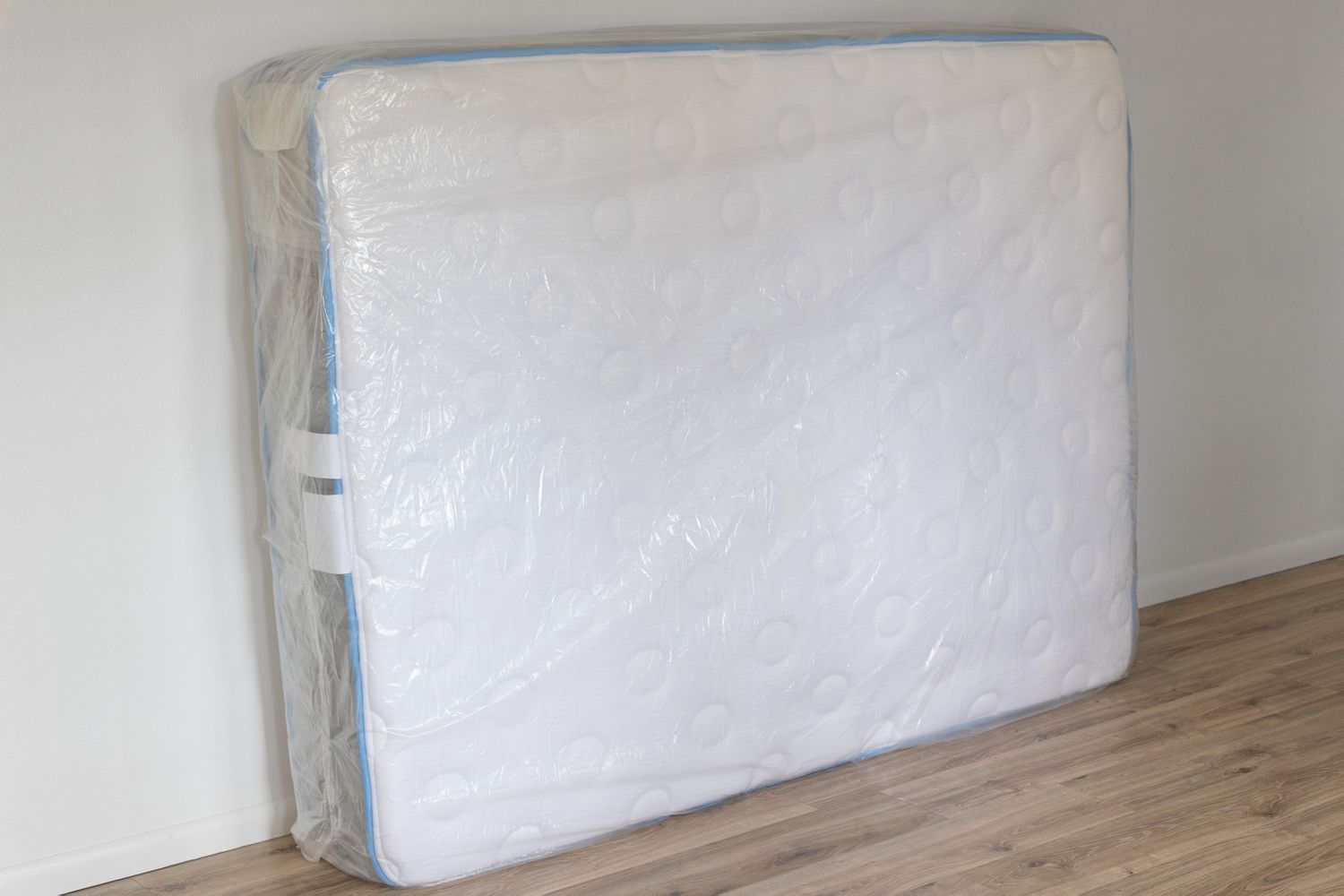
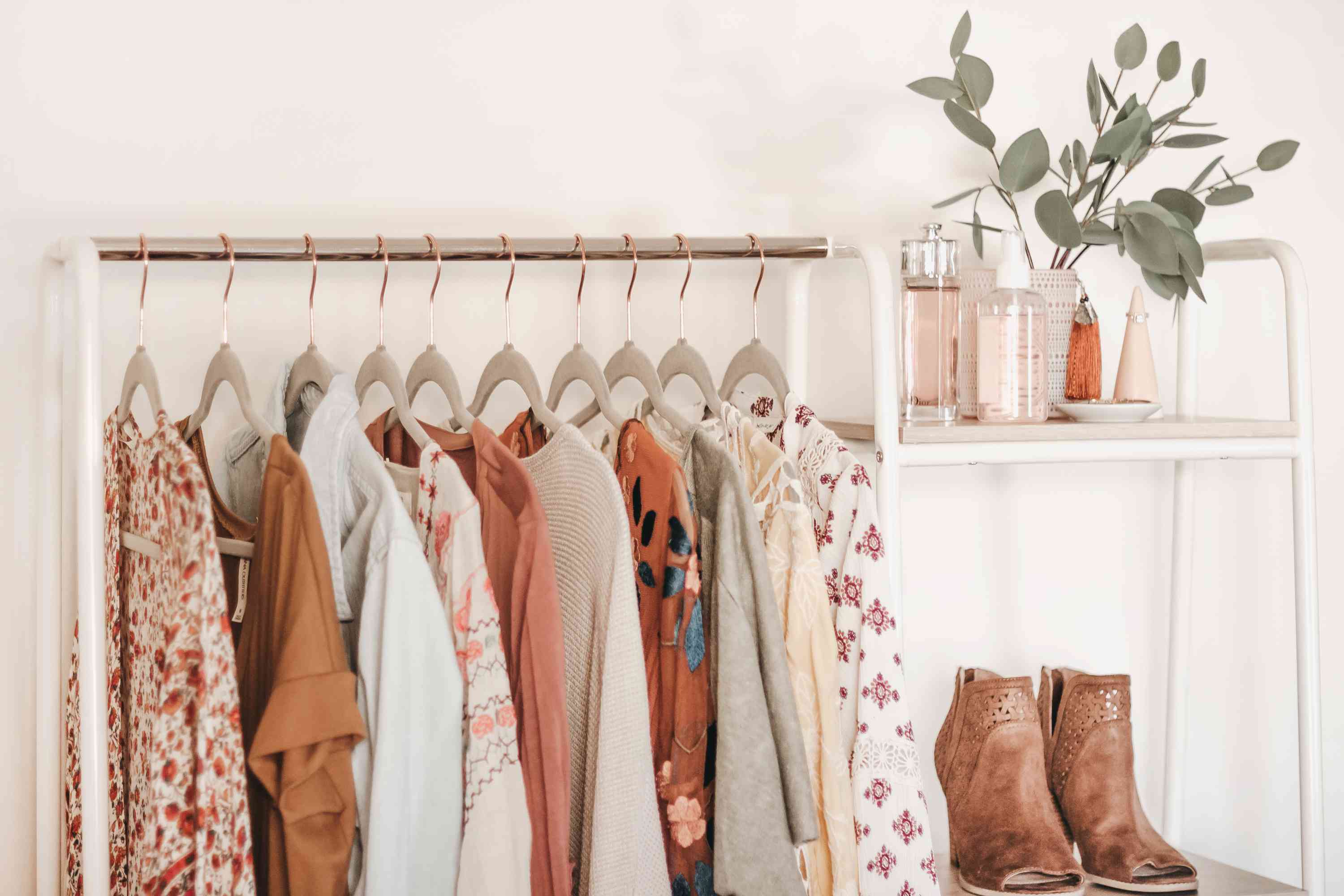
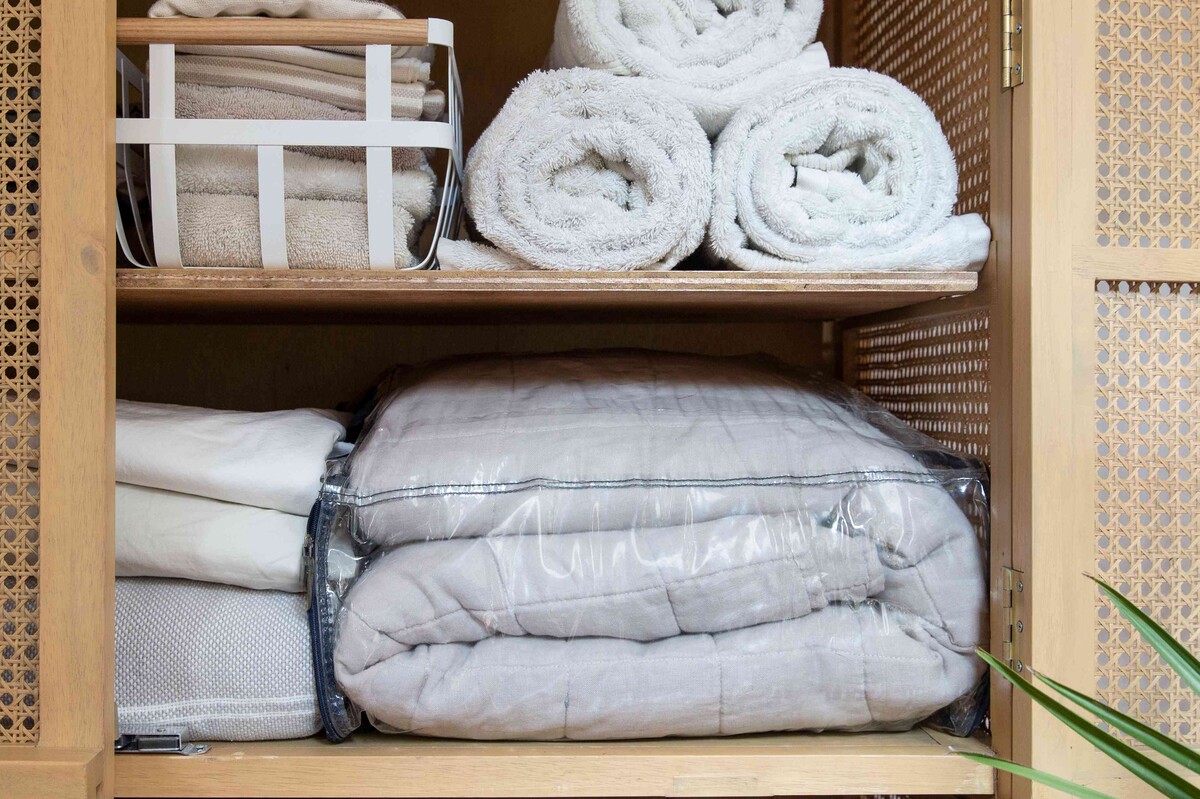

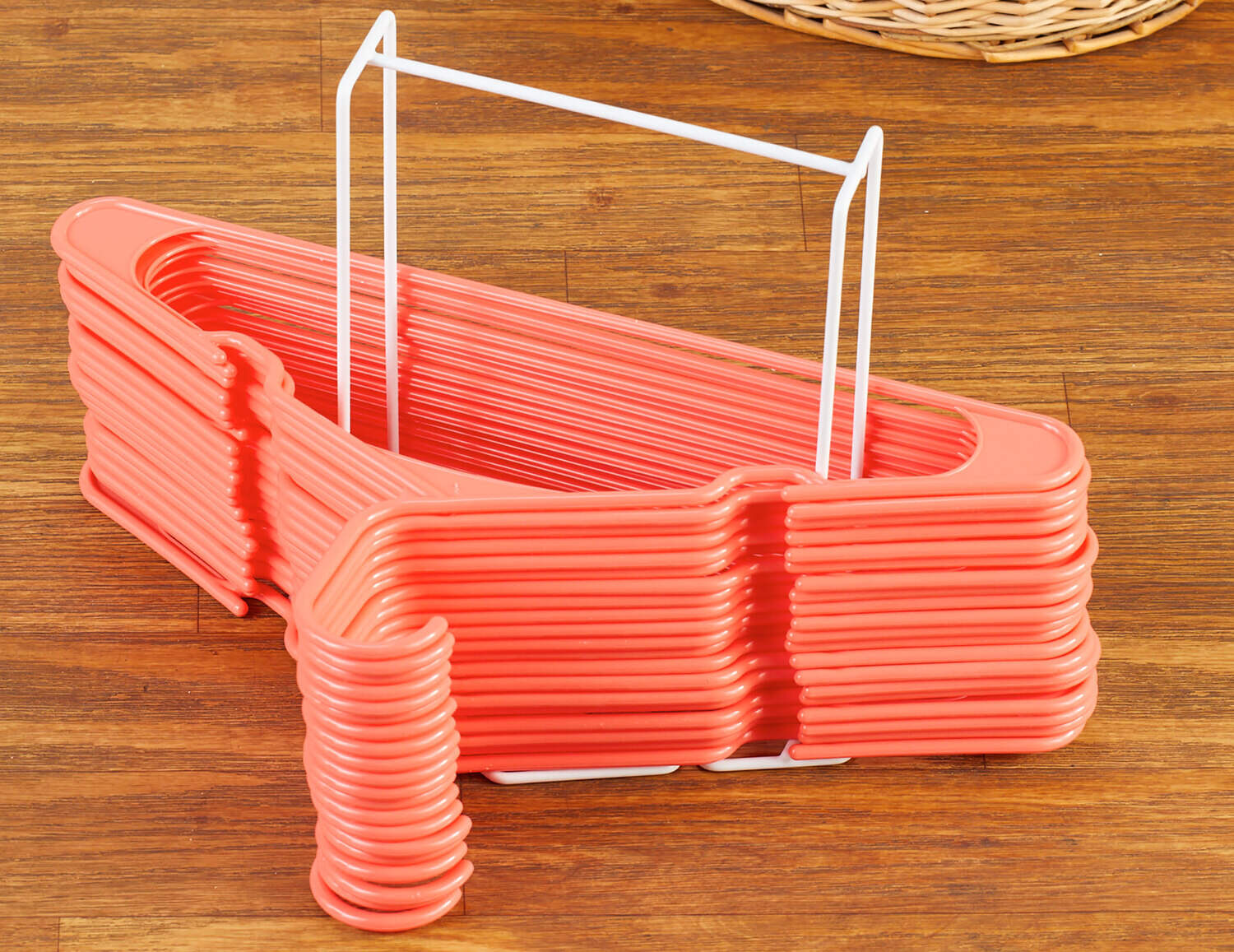
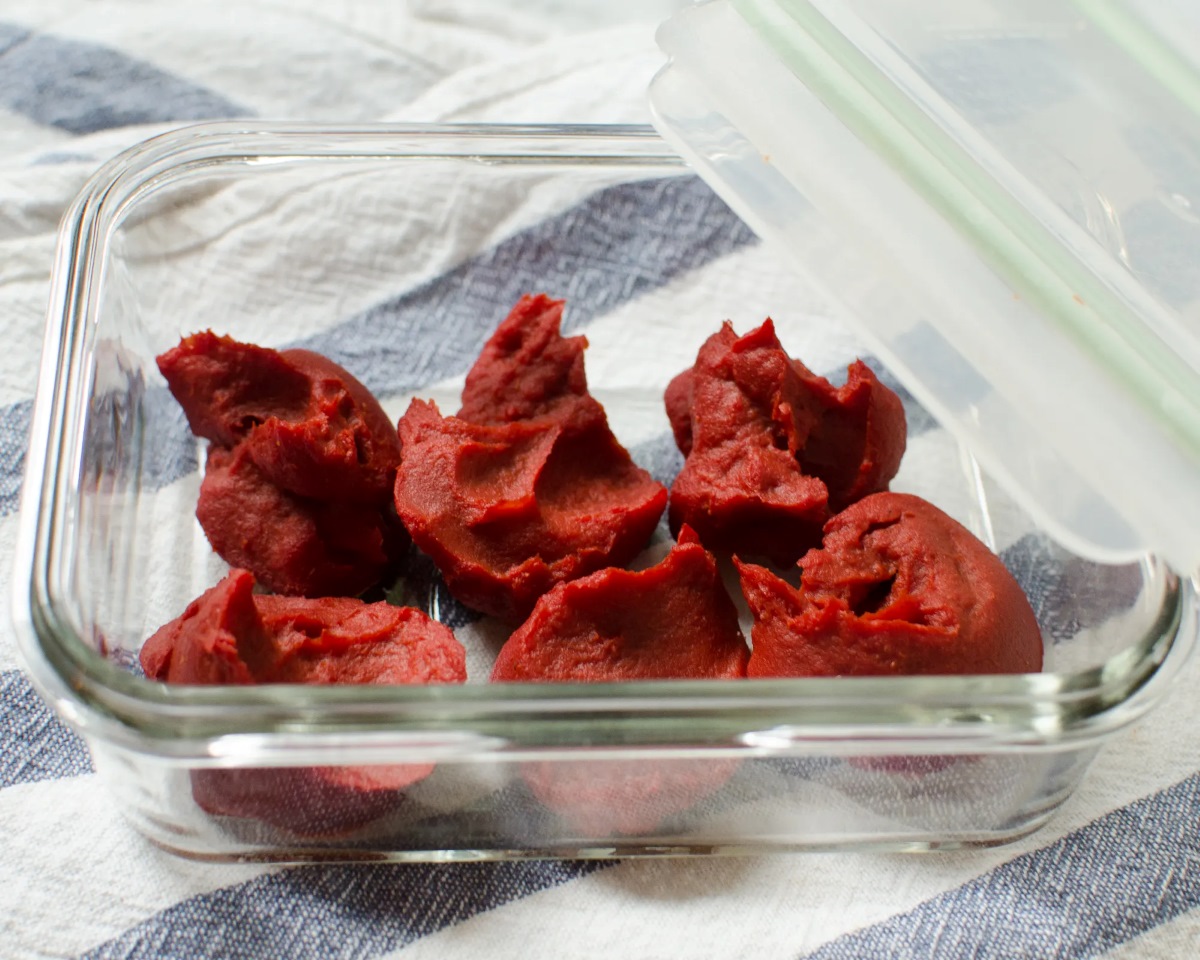
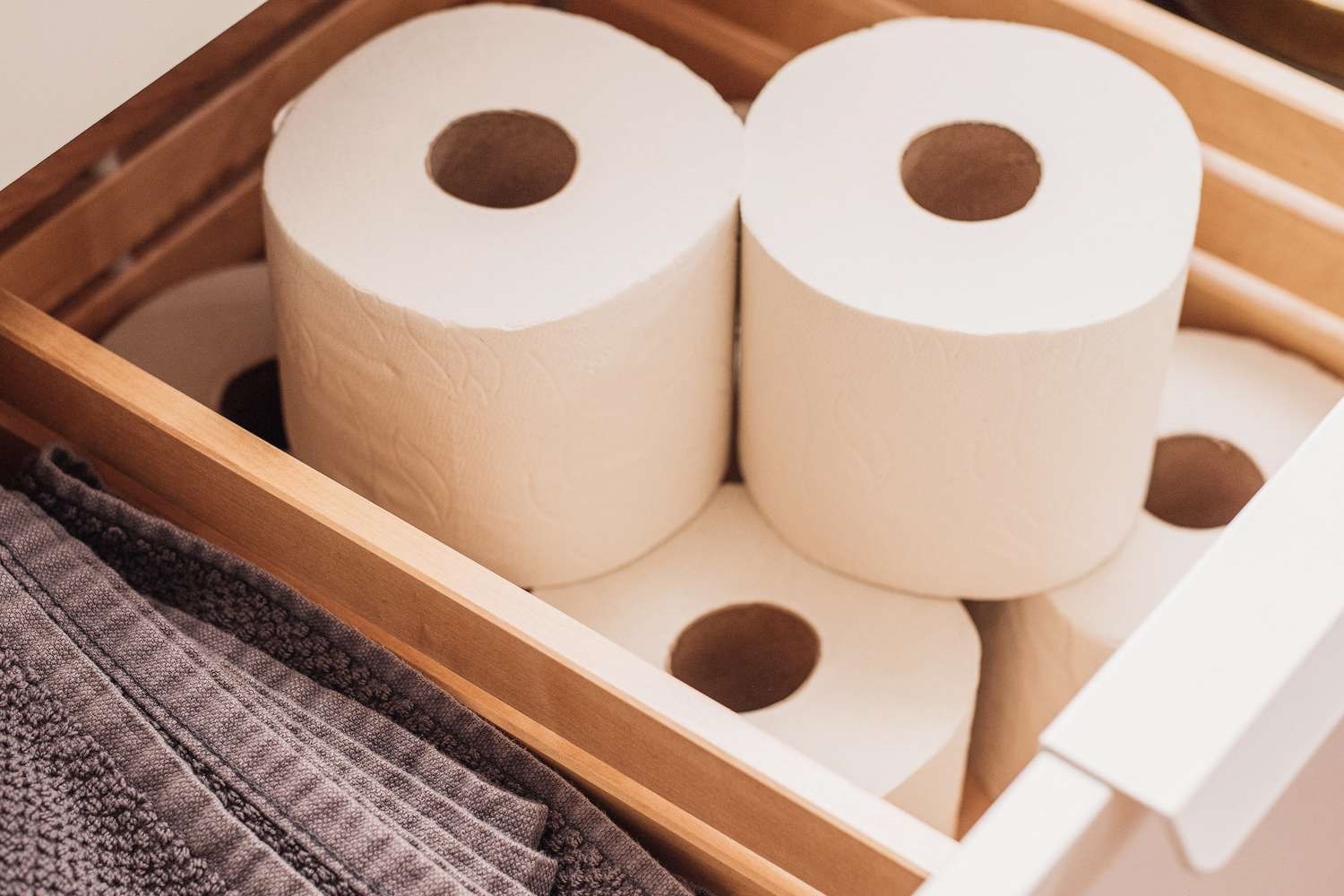
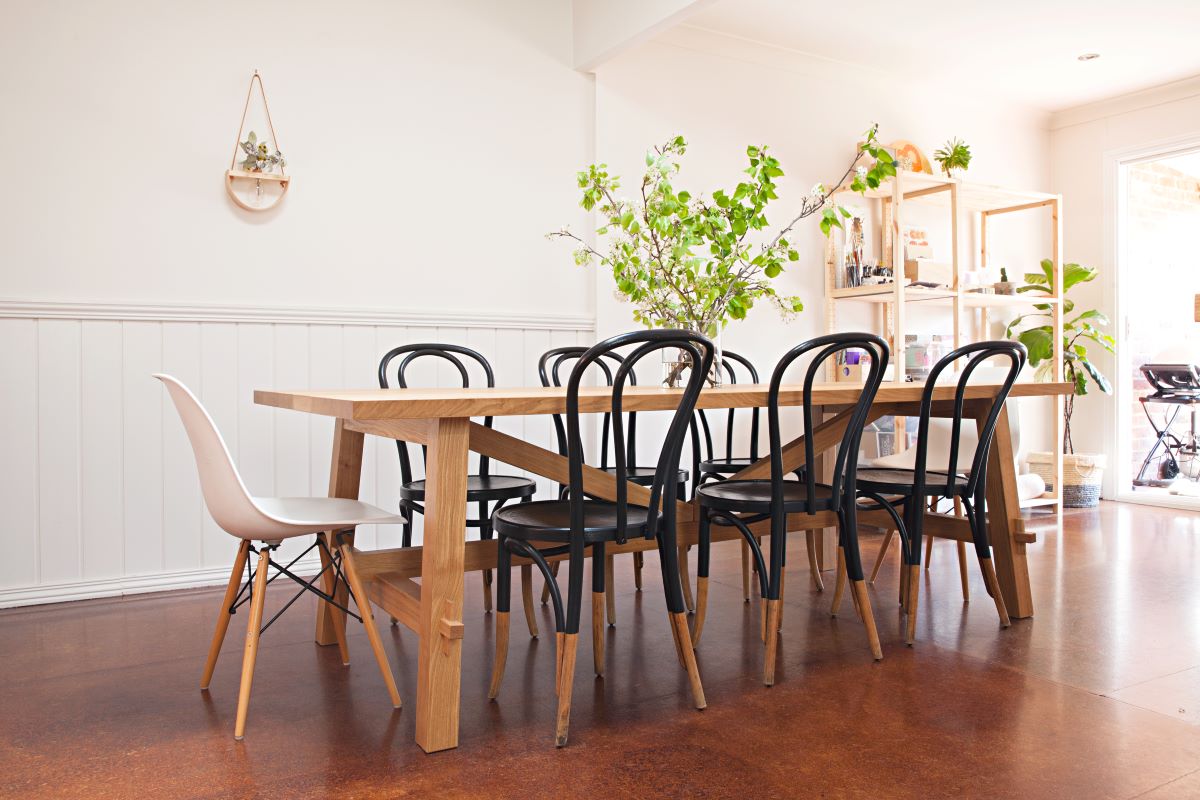
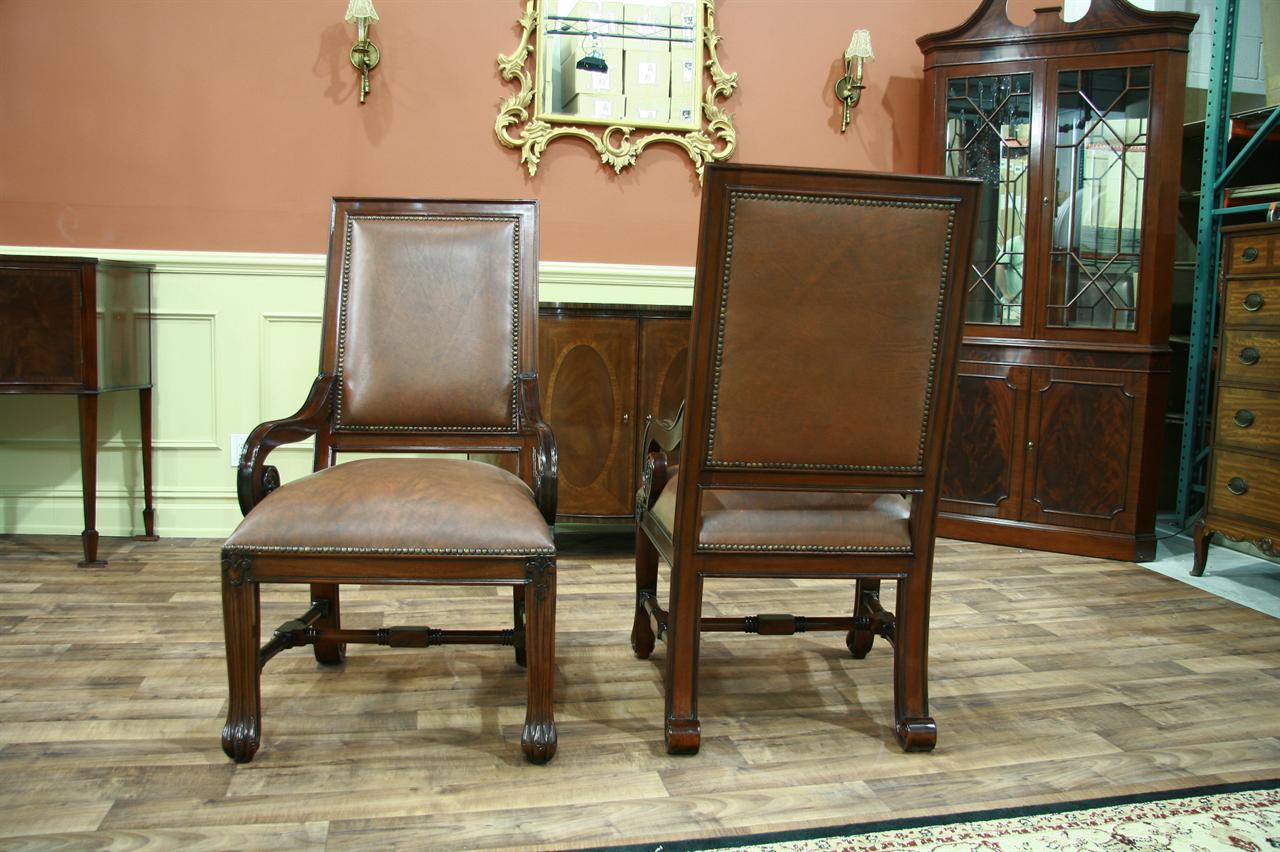
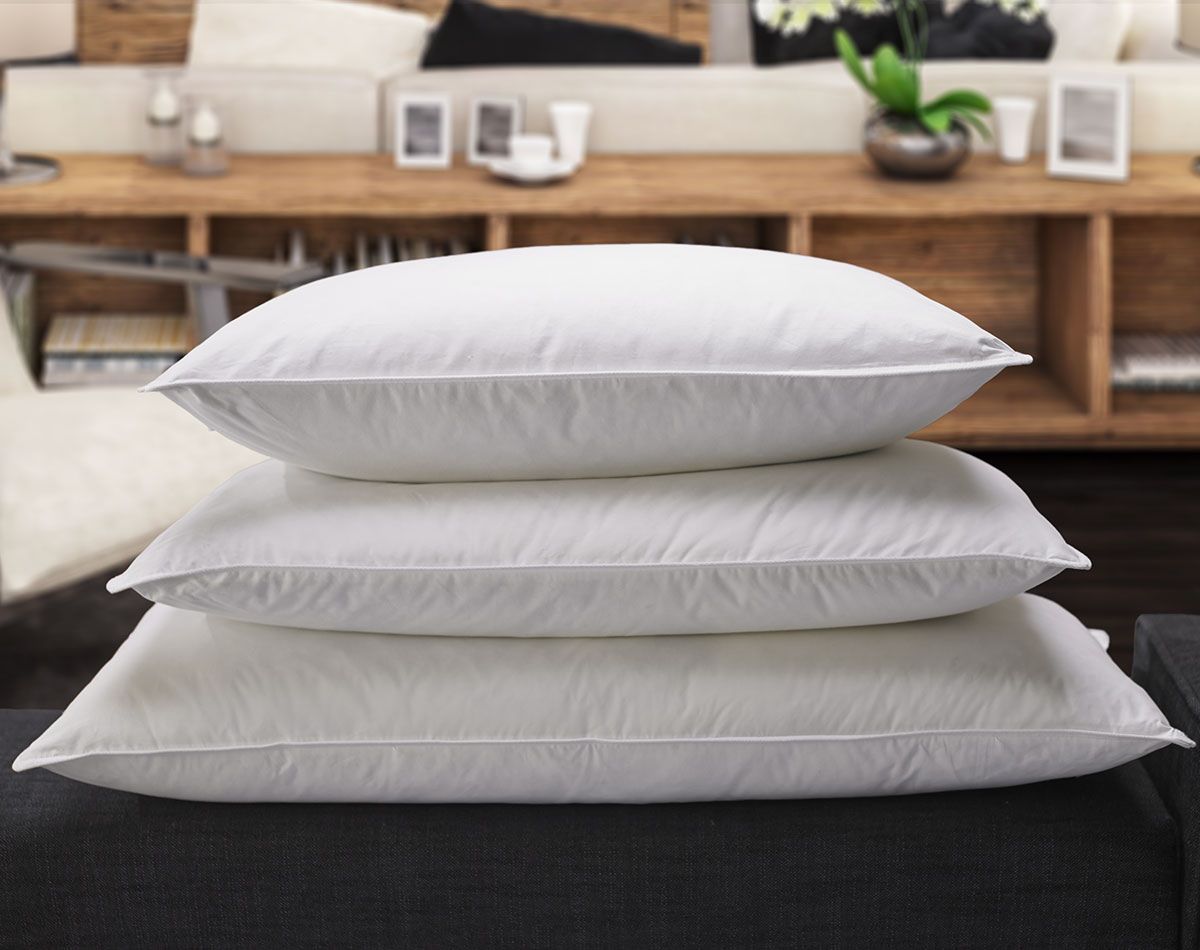




0 thoughts on “How To Store Extra Pillows”